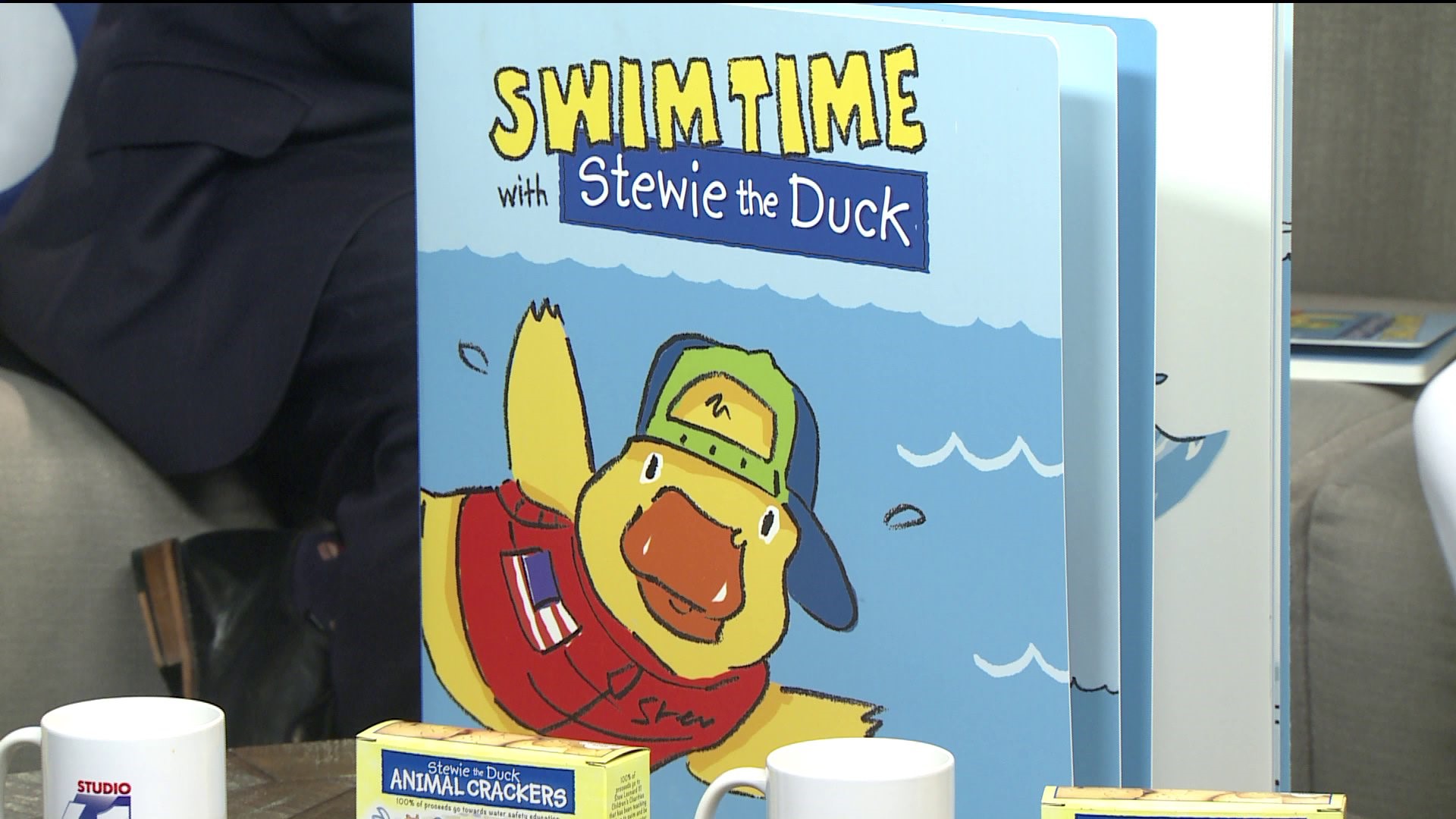HARTFORD -- Summer’s here, the pool is open, and the beaches are calling your name. But while that may scream #ctbucketlist, it also, for toddlers, can be dangerous.
Children are naturally drawn to water without understanding its potential dangers. Countless children drown or suffer permanent injury every year because of avoidable accidents. Drowning is a silent killer than can occur in seconds!
Acording to healthychildren.org, most infant drownings occur in bathtubs and buckets. Toddlers between one and four years most commonly drown in swimming pools. And that includes the shallow ones in your backyard. So, what can you do to properly prevent a drowning accident from occuring?
Home swimming pools should be surrounded by a fence that prevents a child from getting to the pool from the house. There is no substitute for at least a four-foot-high, nonclimbable, four-sided fence with a self-closing, self-latching gate. But that’s not all. Parents, caregivers, and pool owners should learn CPR – in case a child enters a pool and can’t take care of his or herself.
Do you know what to look for ? There are lots of things you need to be on the lookout for , when you’re keeping an eye on kids .
Look for these other signs of drowning when persons are in the water:
- Head low in the water, mouth at water level
- Head tilted back with mouth open
- Eyes glassy and empty, unable to focus
- Eyes closed
- Hair over forehead or eyes
- Not using legs
- Hyperventilating or gasping
- Trying to swim in a particular direction but not making headway
- Trying to roll over onto the back
- Appears to be climbing an invisible ladder

